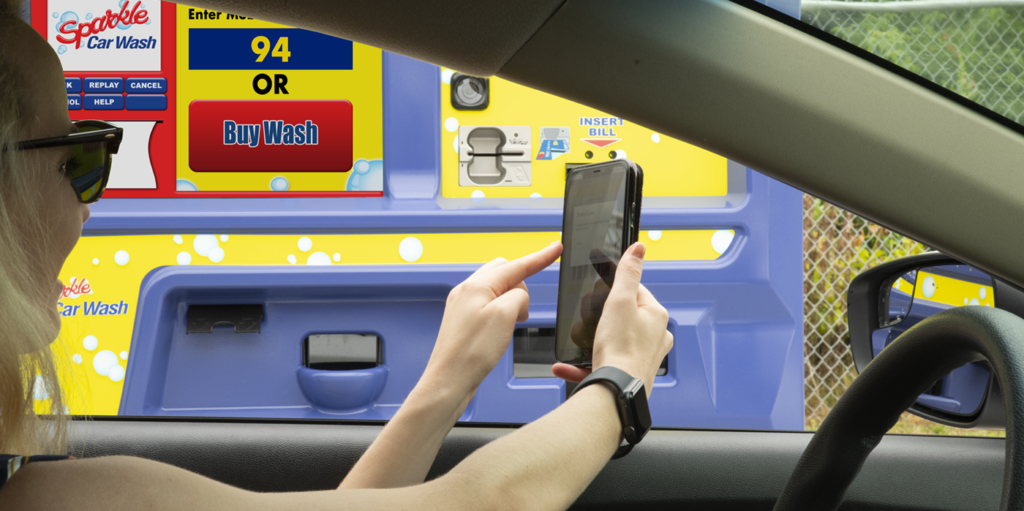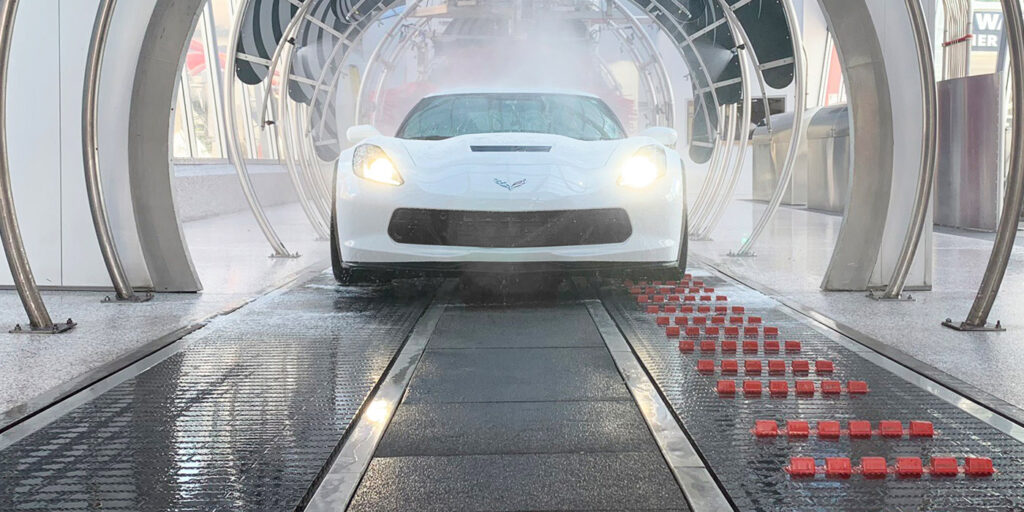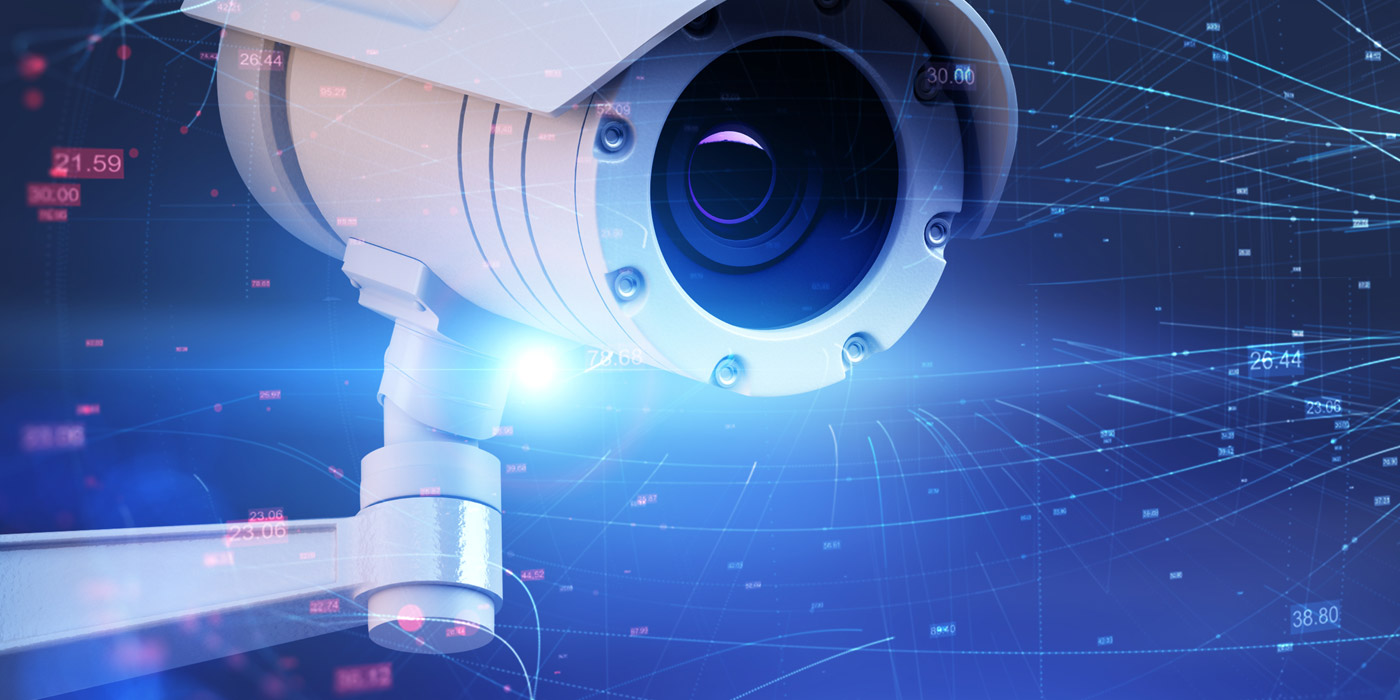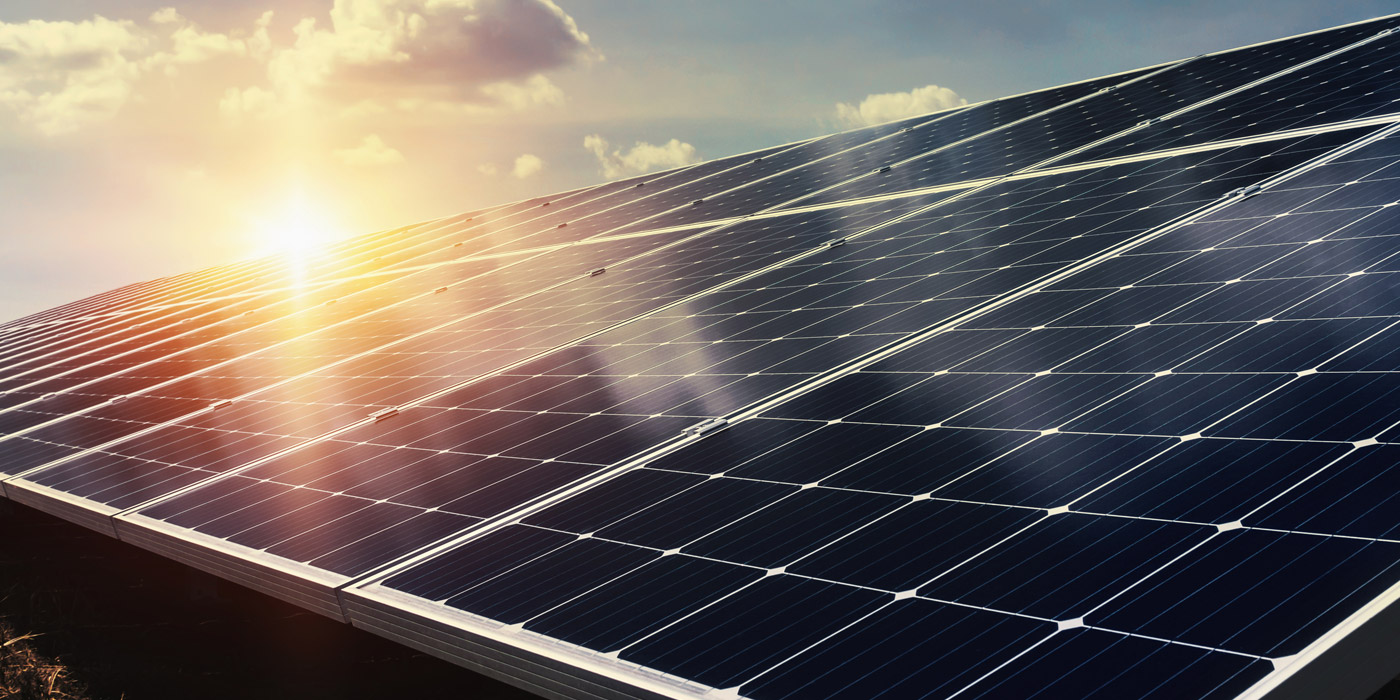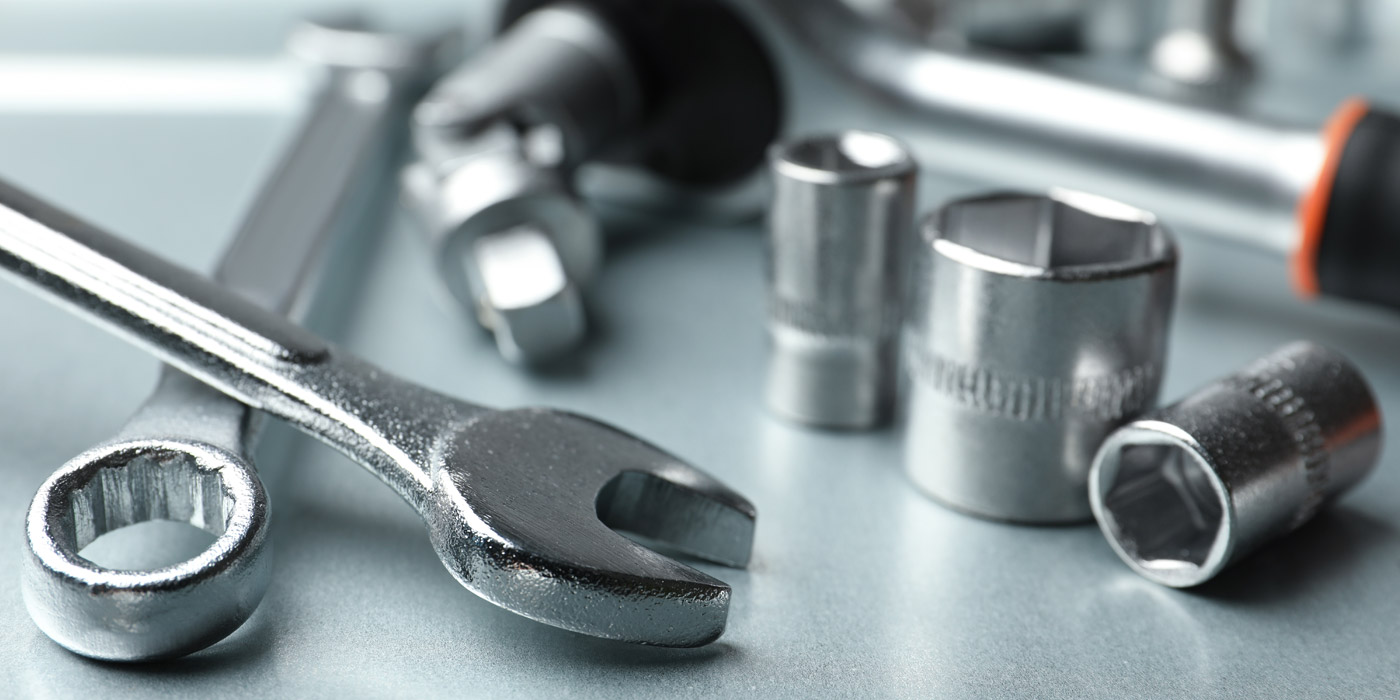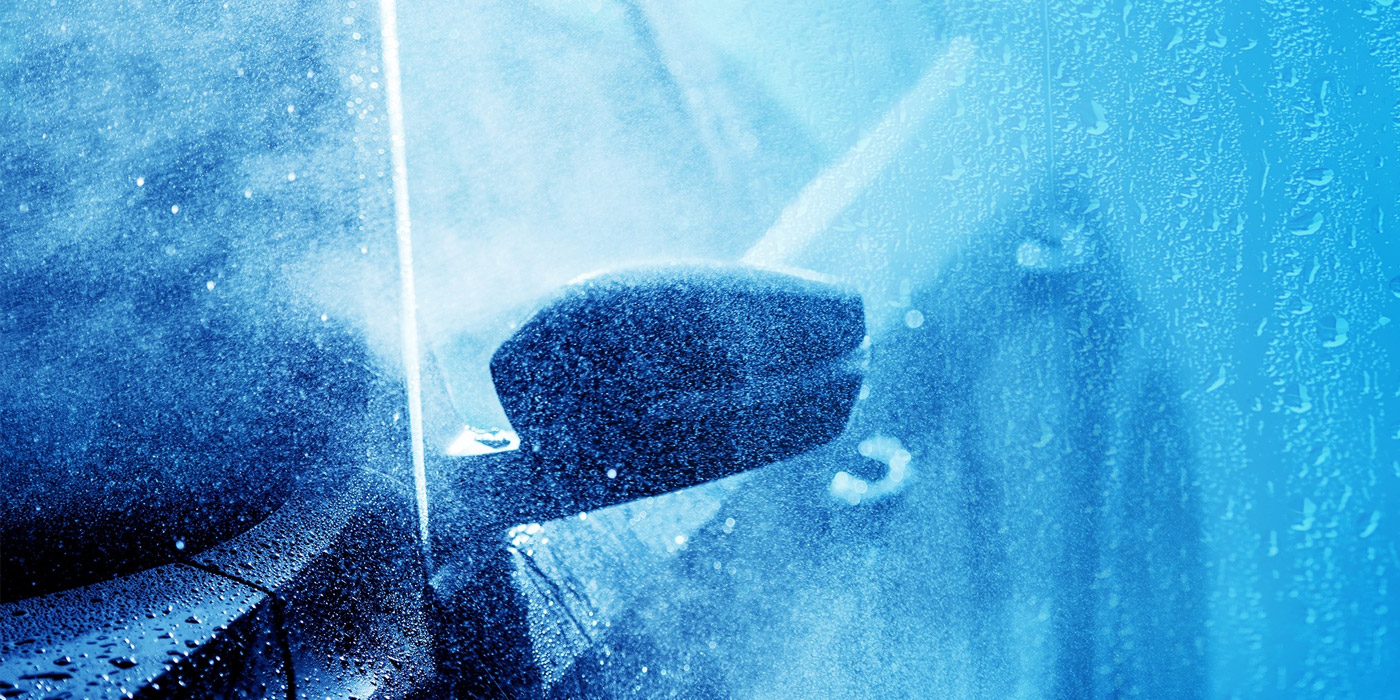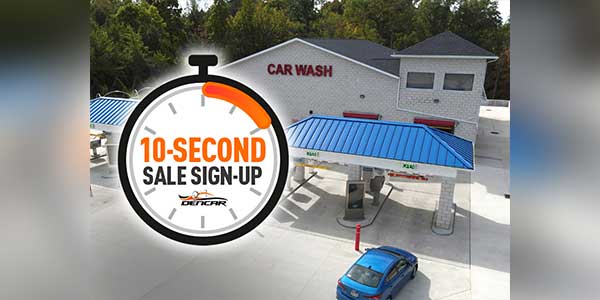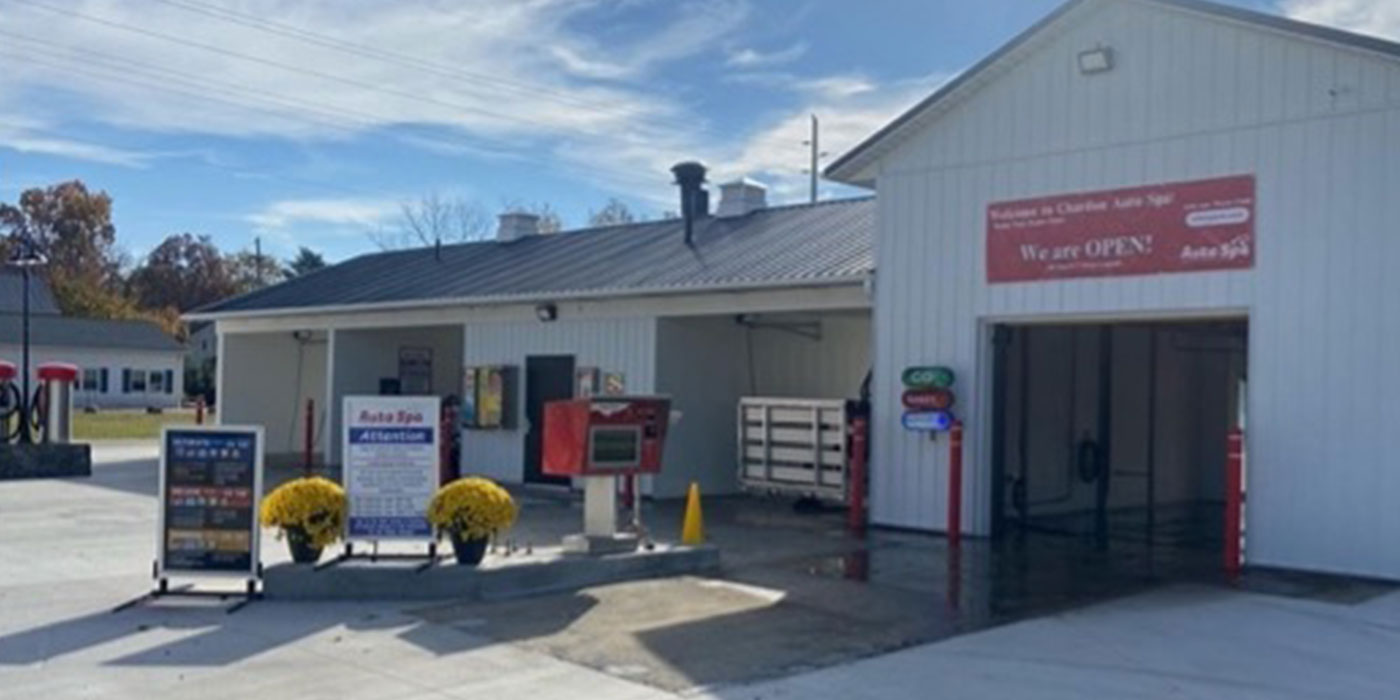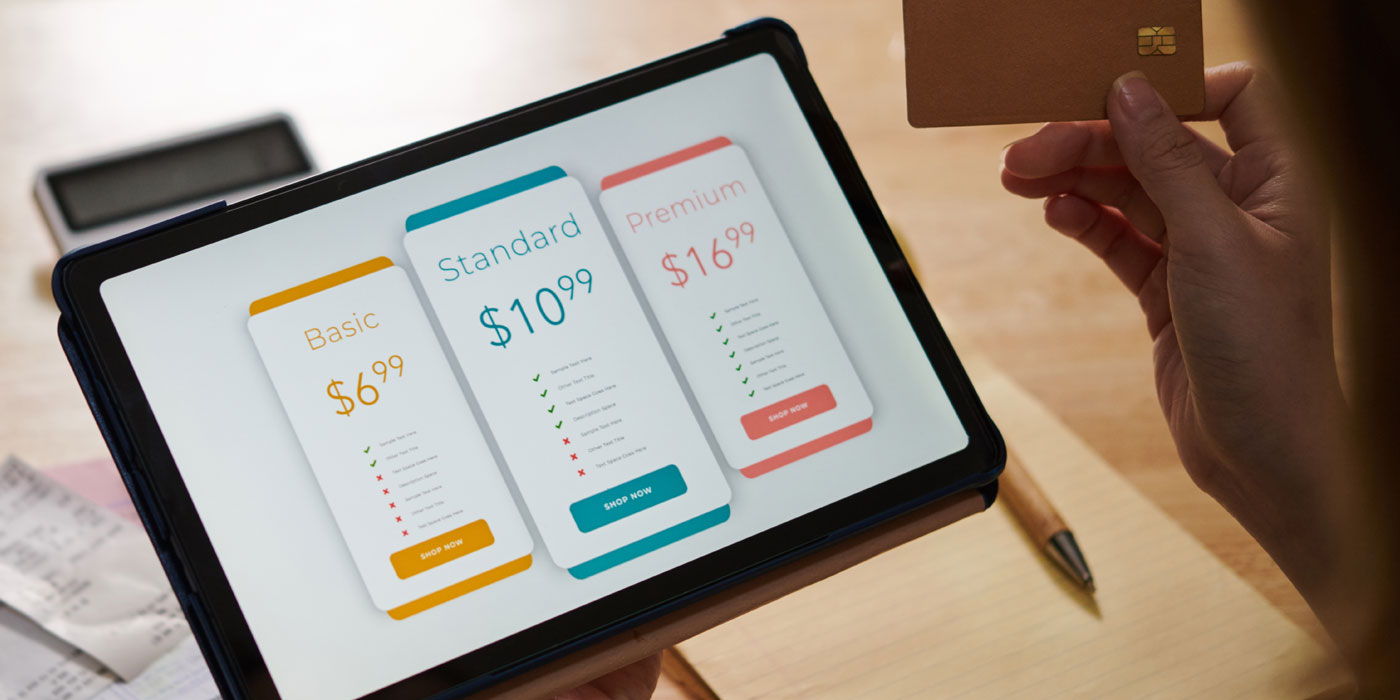We may not know for years what the full extent of the societal changes wrought by the COVID-19 pandemic will be, but there seems to be a growing consensus among medical professionals and the wider public that a familiar expression of greeting, congratulations and respect is destined to become much less common: the handshake. As we all know by now, the prevailing opinion that the virus is most easily passed along through person-to-person contact has led to the creation of social-distancing guidelines that advise people to remain at least six feet apart when possible, which makes the act of shaking hands a near impossibility.
No time to read this article? Listen to it instead!
However, the “handshake,” defined as the point of interaction between the customer and the payment terminal in the world of vehicle washing, is alive and well, and it has become an important part of the social distancing solution.
Related: Wash Talk Ep. 23: The “New Normal”: Operating in the COVID-19 Era
“Recent advances in point-of-sale technology have redefined the way that customers initiate the process of getting their vehicles washed,” explains Jason Sears, director of business development for Innovative Control Systems (ICS) Inc. “The capabilities of today’s payment terminals are highly advanced when compared to the technology available as little as five or six years ago, and many of those advances — particularly those that facilitate a touchless experience at the wash — have become increasingly important to our customers.”
Where we’ve been
Before we look to the future of vehicle wash payment systems, let’s take a quick look back. In the early days of the industry, the conduit between the driver and a newly-clean vehicle was the actual person who physically accepted payment, either in the form of cash or a credit card that was manually processed.
The need to enter a building and perform an exchange of cash or credit card with a clerk evolved with the invention of payment terminals that could accept cash, credit cards, tokens or an entry code tied to the purchase of a wash at an associated fuel dispenser. While the initial payment terminals were relatively rudimentary, they nevertheless streamlined the payment process and helped the driver get into the wash quicker, which enabled greater throughput and higher wash volumes overall.
The next advances in payment terminal design and operation were driven by a need for increased transaction security; a customer’s credit card number is sensitive, personal information that must be protected at all costs to prevent it from falling into the wrong hands. This led to the need for improved security systems that would help ensure that the payment information that was gathered at the payment terminal could not be hacked.
Europe was a leader in developing what came to be known as the Europay, MasterCard and Visa (EMV) standard for protecting credit card information. The fulcrum of the EMV standard is a credit card that features an embedded chip that stores the user’s account information rather than the magnetic stripe used to store information in previous generations of credit cards.
In the U.S., the EMV infrastructure began to be fully developed in 2014 and became a requirement in 2015. According to EMVCo, the governing body responsible for facilitating secure payment transactions, at least 63% of U.S. businesses today accept EMV-approved chip cards at their point-of-sale terminals. This number will continue to grow as those merchants who do not comply with the inevitability of an EMV-dominated retail world will be perceived as a security threat by their customers and may run afoul of regulators who will levy significant fines or eliminate the merchant’s ability to process credit card transactions altogether.
Where we’re heading
In assessing the future of vehicle-wash payment processes and systems, all indications are that they will be very social-distance friendly with “touchless” transactions becoming the vehicle wash industry’s new normal.
Touchless payments not only remove the interaction with a fellow human being from the transaction process, but they also remove any physical touching of the payment terminal itself from the equation. This goal can be accomplished through the deployment of differing technologies:
- Radio Frequency Identification (RFID) technology that uses a decal with an embedded RFID chip attached to the vehicle’s windshield to identify a customer’s vehicle and license plate recognition (LPR) technology that enables a customer’s license plate to be read using advanced optical character recognition. When the RFID or LPR transaction is validated as a prepaid wash or attached to a loyalty club membership, the wash is activated for the customer without the need to physically interact with the payment terminal.
- The creation and refinement of near field communication (NFC) card-reading technology that allows the driver’s credit or debit card data to be captured when it is waved over an NFC reader in the payment terminal with no need to enter a PIN or ever contact the terminal.
- The development of customizable smartphone apps that allow drivers to prepay for a wash at their convenience and activate the wash when on-site by presenting a barcode displayed on his or her cellular phone to a barcode reader in the payment terminal. With the addition of beacon technology deployed at the payment terminal, a customer can activate the wash by entering a simple two-digit code on his or her cellular phone and never even have to roll the window down.
“The refinement of payment processes will continue with the end goal being the creation of a payment system that has the driver spending as little as five seconds interfacing with the payment terminal,” explains Sears. “This capability will be another significant step in offering customers a fully automated payment process that addresses their current safety concerns while simultaneously helping operators achieve their goal of maximizing wash throughput.”
Conclusion
It may take years to realize the full impact, but it’s becoming increasingly obvious that our world changed in many ways when the COVID-19 pandemic reached U.S. shores in early 2020. One of the most meaningful is the way that human beings, who are very social creatures by nature, have changed their behavior when required to interact with others — a change exhibited by a decrease in the number and duration of in-person interactions. Thankfully, the companies that produce payment equipment have already made great strides in touchless technologies that will enable vehicle wash operators to capitalize on this change in consumer behavior while supporting the social distancing protocols that will slow the progress of the COVID-19 pandemic.
“We have spent many years studying the ever-changing requirements of the payment processing market and have a long history of developing the advanced technology that keeps our customers ahead of those market trends,” concludes Sears. “We are confident that the move toward touchless payments, which supports the current goal of reducing the spread of the coronavirus, will become the standard in the vehicle wash industry after the COVID-19 pandemic has been conquered, as this touchless technology also serves as an effective prescription for improving throughput and overall profitability at the wash.”
Looking for more information on the past, present and future of customer processing in the professional carwash industry? Be sure to check out the below video interview.

